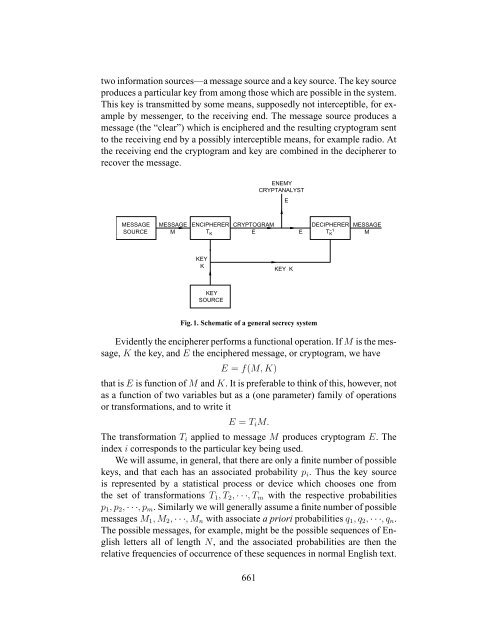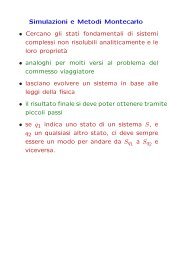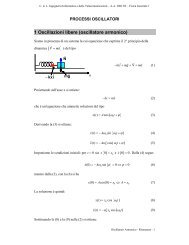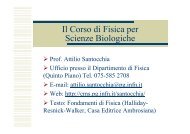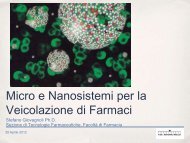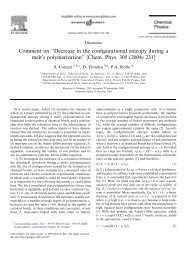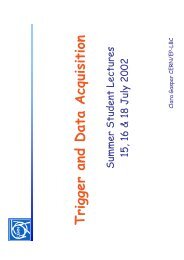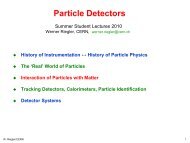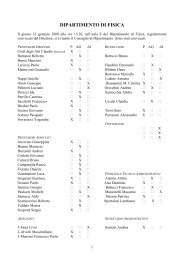Communication Theory of Secrecy Systems - Network Research Lab
Communication Theory of Secrecy Systems - Network Research Lab
Communication Theory of Secrecy Systems - Network Research Lab
Create successful ePaper yourself
Turn your PDF publications into a flip-book with our unique Google optimized e-Paper software.
two information sources—a message source and a key source. The key source<br />
produces a particular key from among those which are possible in the system.<br />
This key is transmitted by some means, supposedly not interceptible, for example<br />
by messenger, to the receiving end. The message source produces a<br />
message (the “clear”) which is enciphered and the resulting cryptogram sent<br />
to the receiving end by a possibly interceptible means, for example radio. At<br />
the receiving end the cryptogram and key are combined in the decipherer to<br />
recover the message.<br />
MESSAGE<br />
SOURCE<br />
MESSAGE ENCIPHERER CRYPTOGRAM<br />
M TK E<br />
KEY<br />
K<br />
KEY<br />
SOURCE<br />
ENEMY<br />
CRYPTANALYST<br />
KEY K<br />
Fig. 1. Schematic <strong>of</strong> a general secrecy system<br />
E<br />
E<br />
DECIPHERER<br />
T−1 K<br />
MESSAGE<br />
M<br />
Evidently the encipherer performs a functional operation. If M is the message,<br />
K the key, and E the enciphered message, or cryptogram, we have<br />
E = f(M, K)<br />
that is E is function <strong>of</strong> M and K. It is preferable to think <strong>of</strong> this, however, not<br />
as a function <strong>of</strong> two variables but as a (one parameter) family <strong>of</strong> operations<br />
or transformations, and to write it<br />
E = TiM.<br />
The transformation Ti applied to message M produces cryptogram E. The<br />
index i corresponds to the particular key being used.<br />
We will assume, in general, that there are only a finite number <strong>of</strong> possible<br />
keys, and that each has an associated probability pi. Thus the key source<br />
is represented by a statistical process or device which chooses one from<br />
the set <strong>of</strong> transformations T1, T2, · · ·, Tm with the respective probabilities<br />
p1, p2, · · ·, pm. Similarly we will generally assume a finite number <strong>of</strong> possible<br />
messages M1, M2, · · ·, Mn with associate a priori probabilities q1, q2, · · ·, qn.<br />
The possible messages, for example, might be the possible sequences <strong>of</strong> English<br />
letters all <strong>of</strong> length N, and the associated probabilities are then the<br />
relative frequencies <strong>of</strong> occurrence <strong>of</strong> these sequences in normal English text.<br />
661


